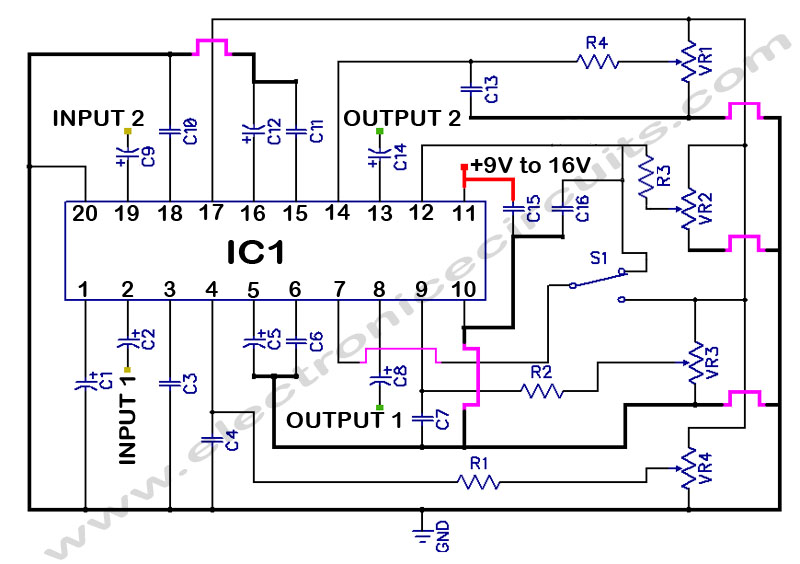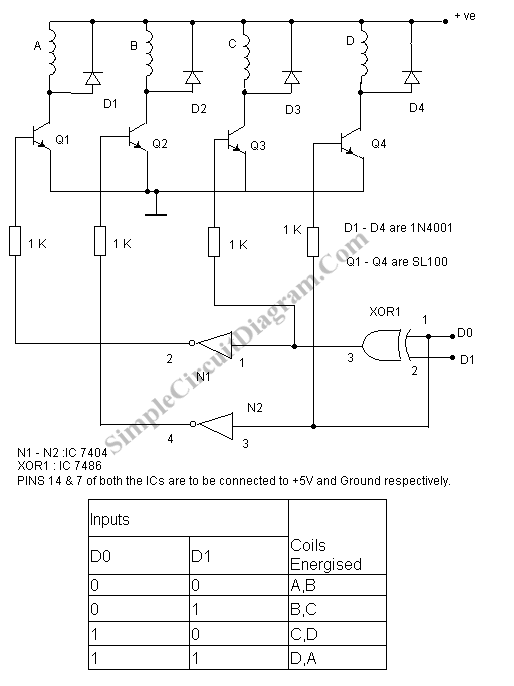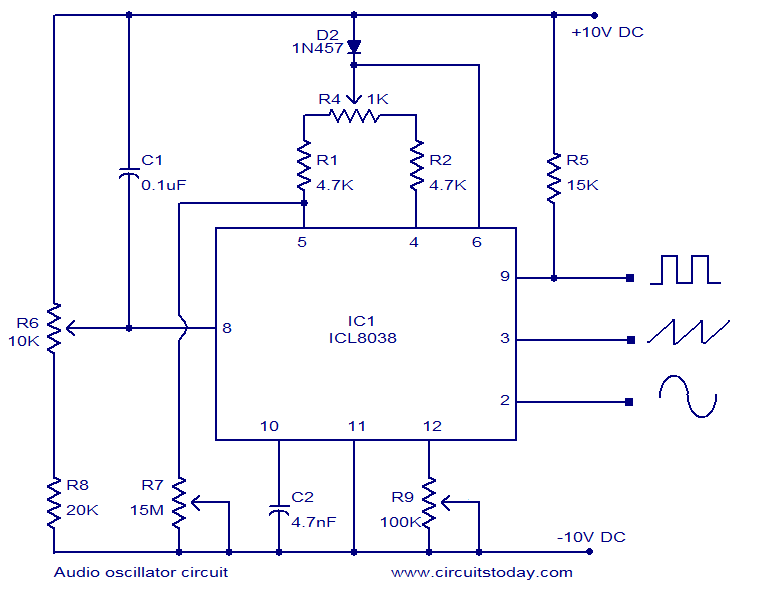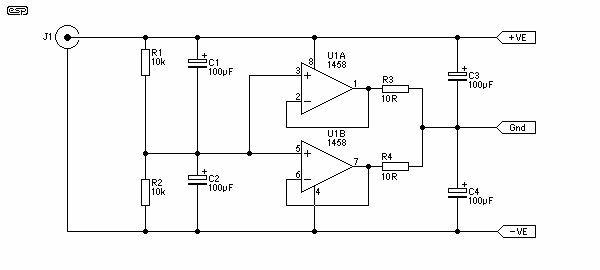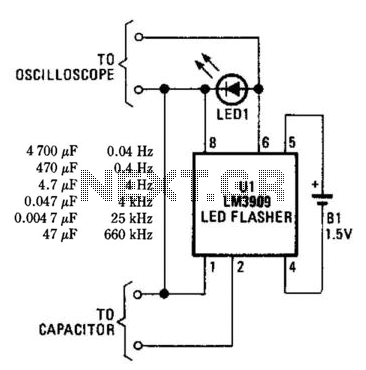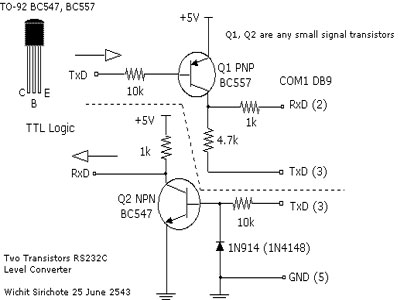
555 Based Simple Servo Controller

The circuit is straightforward. A 555 timer integrated circuit (IC) is utilized to generate a pulse every 20 milliseconds, with a duty cycle ranging from 5% to 10% (1-2 milliseconds). All components used are standard parts. This circuit can drive multiple servos with the same signal, allowing uniform output, or separate driver circuits can be constructed to control various servos with different outputs. It is important to note that servos require a significant amount of current when being commanded and to maintain a position under load, which can reach several amps. This consideration is crucial when designing the power supply.
The circuit employs a 555 timer IC configured in astable mode to produce a continuous square wave output. The frequency of the output pulse is determined by the resistors and capacitor connected to the timer. In this design, the timing components are selected to achieve a pulse frequency of 50 Hz (20 ms period), which is suitable for controlling servos. The duty cycle, adjustable through the resistor values, allows for precise control of the servo position by varying the pulse width between 1 ms and 2 ms.
To achieve the desired duty cycle, two resistors (R1 and R2) and a timing capacitor (C1) are connected to the 555 timer. The values of R1 and R2 can be calculated using the formula for the astable mode of the 555 timer. The output from the timer is connected to the control signal input of the servos. When multiple servos are connected to the same output, they will respond identically to the control signal, making it possible to synchronize their movements.
When designing the power supply for this circuit, it is crucial to consider the current requirements of the servos. Servos typically draw a significant amount of current, especially under load, which can range from hundreds of milliamps to several amps. Therefore, a power supply capable of delivering sufficient current is necessary to ensure reliable operation. It is advisable to use a power supply with a current rating that exceeds the total current draw of all connected servos to prevent voltage drops and ensure consistent performance.
In summary, this circuit provides a simple yet effective means of controlling multiple servos using a 555 timer IC, with careful attention needed for power supply design to accommodate the high current demands of the servos during operation.The circuit is pretty self explanatory. We use a 555 timer IC to generate a pulse every 20ms with a duty cycle of between 5 and 10% (1-2ms). All the parts used are common components. You can drive multiple servos with the same signal using this circuit to all have the same output or build multiple driver circuits to command many servos to differen t outputs. Also note that servos require alot of current when commanding them and also to hold a position under load, this can be up to a few amps! So make note of this when designing your power supply. 🔗 External reference
The circuit employs a 555 timer IC configured in astable mode to produce a continuous square wave output. The frequency of the output pulse is determined by the resistors and capacitor connected to the timer. In this design, the timing components are selected to achieve a pulse frequency of 50 Hz (20 ms period), which is suitable for controlling servos. The duty cycle, adjustable through the resistor values, allows for precise control of the servo position by varying the pulse width between 1 ms and 2 ms.
To achieve the desired duty cycle, two resistors (R1 and R2) and a timing capacitor (C1) are connected to the 555 timer. The values of R1 and R2 can be calculated using the formula for the astable mode of the 555 timer. The output from the timer is connected to the control signal input of the servos. When multiple servos are connected to the same output, they will respond identically to the control signal, making it possible to synchronize their movements.
When designing the power supply for this circuit, it is crucial to consider the current requirements of the servos. Servos typically draw a significant amount of current, especially under load, which can range from hundreds of milliamps to several amps. Therefore, a power supply capable of delivering sufficient current is necessary to ensure reliable operation. It is advisable to use a power supply with a current rating that exceeds the total current draw of all connected servos to prevent voltage drops and ensure consistent performance.
In summary, this circuit provides a simple yet effective means of controlling multiple servos using a 555 timer IC, with careful attention needed for power supply design to accommodate the high current demands of the servos during operation.The circuit is pretty self explanatory. We use a 555 timer IC to generate a pulse every 20ms with a duty cycle of between 5 and 10% (1-2ms). All the parts used are common components. You can drive multiple servos with the same signal using this circuit to all have the same output or build multiple driver circuits to command many servos to differen t outputs. Also note that servos require alot of current when commanding them and also to hold a position under load, this can be up to a few amps! So make note of this when designing your power supply. 🔗 External reference
